If the need is to:
- transmit high power even with reduced dimensions
- obtain a yield close to 100%
- have a guarantee of long service life and reliability
then, the chain drive is the only alternative. As long as it is well designed, sized, assembled, also depending on the type of application, the environment in which it works, the level of wear to which it is subjected, etc.
You will see that the choice of a chain is not so trivial. Factors such as pull, power, RPM, number of gear teeth and their spacing, whether or not it needs to be lubricated, or regularly serviced must be considered.
The designer’s most frequently asked questions when choosing a chain:
- better a UNI-EUROPEA series, designed to favour wear life, or an ASA series, better suited to fatigue strength?
- what construction tolerance is to be considered on its length?
- what is the recommended centre distance between gears?
- is it better to have an adjustable gear wheelbase or a tensioner?
- what material should be used depending on the operating temperatures, the working environment and the type of humidity?
- to avoid possible breakages, when is it advisable to replace the entire transmission?
The answers to these questions are not so obvious and simple, and the quality of a chain is not only bound to the one parameter defined by the breaking load or the finished product. Other factors include the manufacturer's ability to offer useful advice, solid experience, pre- and after-sales service, technical support and the ability to suggest solutions to the designer.
Let’s not forget that a chain is a mechanical organ. Not to be overlooked is the fact that in 2004 the European Standard ISO 606 for UNI chains was amended, making it mandatory for manufacturers to certify the dynamic load, this means that each type of chain produced must carry a load equal to 20% of the nominal breaking load for 3,000,000 cycles without breaking or yielding. Raw material used, shape of plates, heat treatment, interference of pins and bushes with the plates and other factors can influence the fatigue limit of a given chain.
Relying on professionals is advisable. FRANCIA CATENE has been doing this job for 75 years. An established experience confirmed by our long-standing customers.
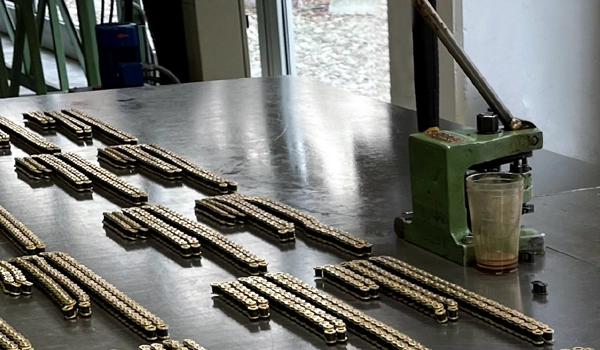 |
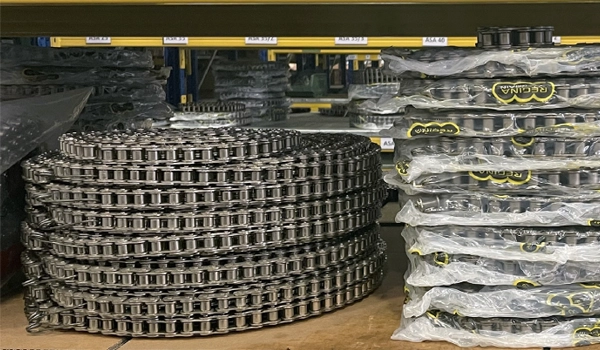 |
Contact us for any requests or advice, even at the design stage. We are at your service: info@franciacatene.it



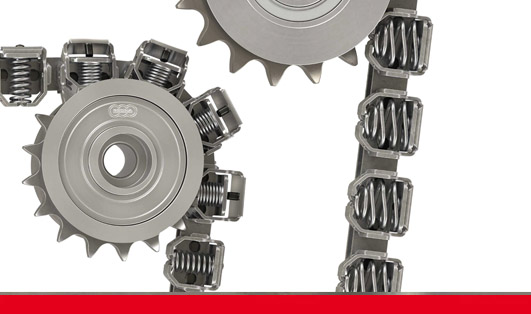
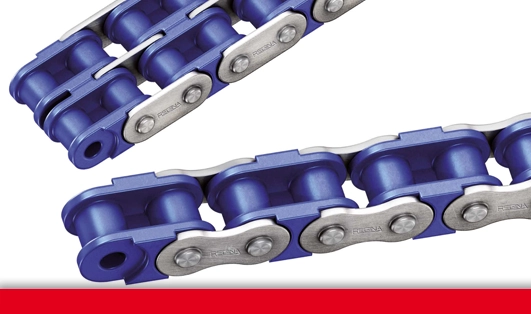

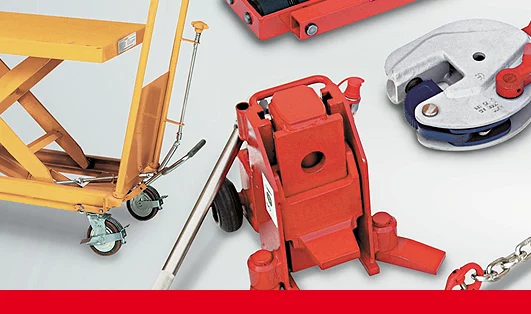
.webp)